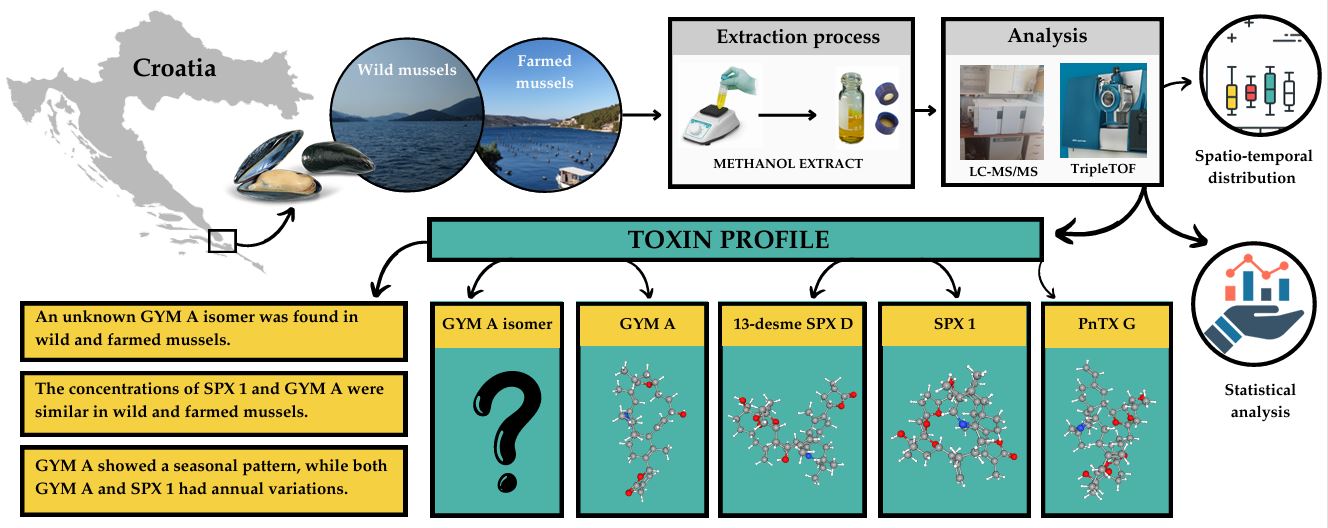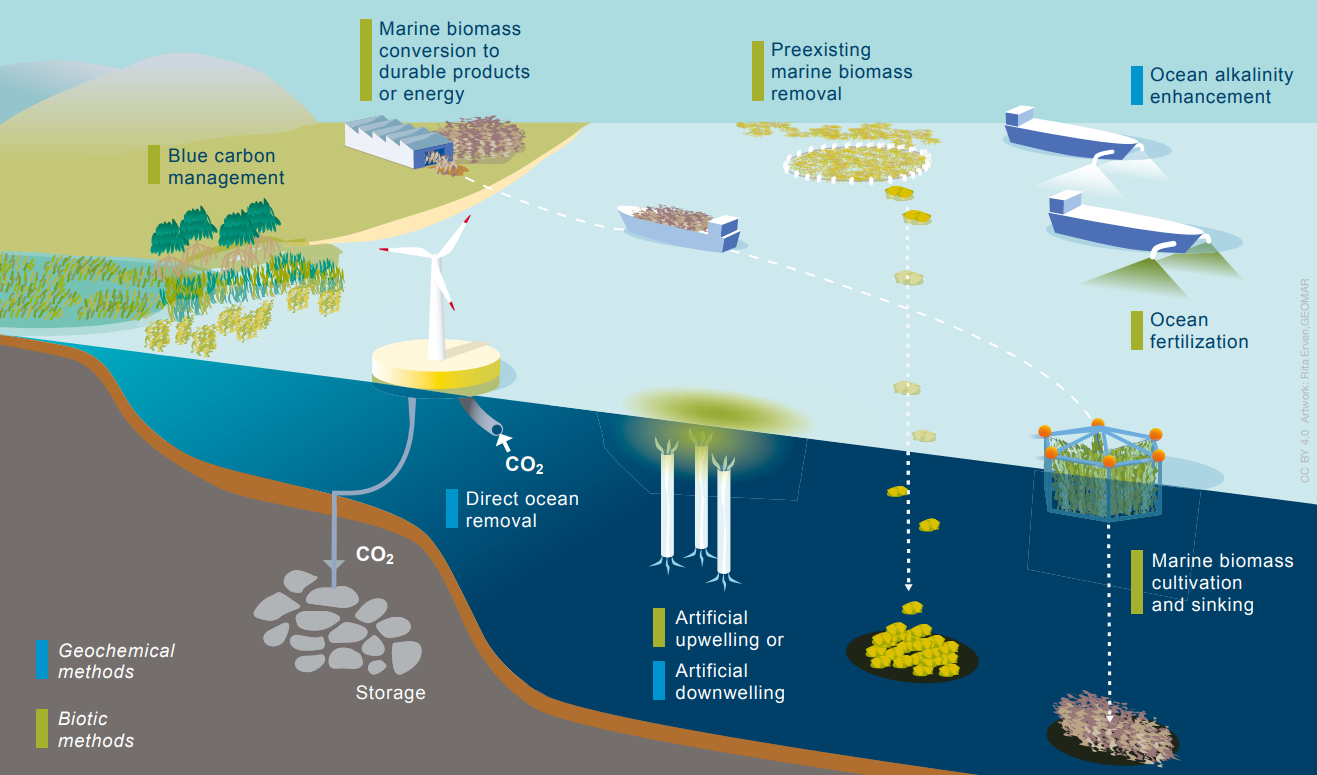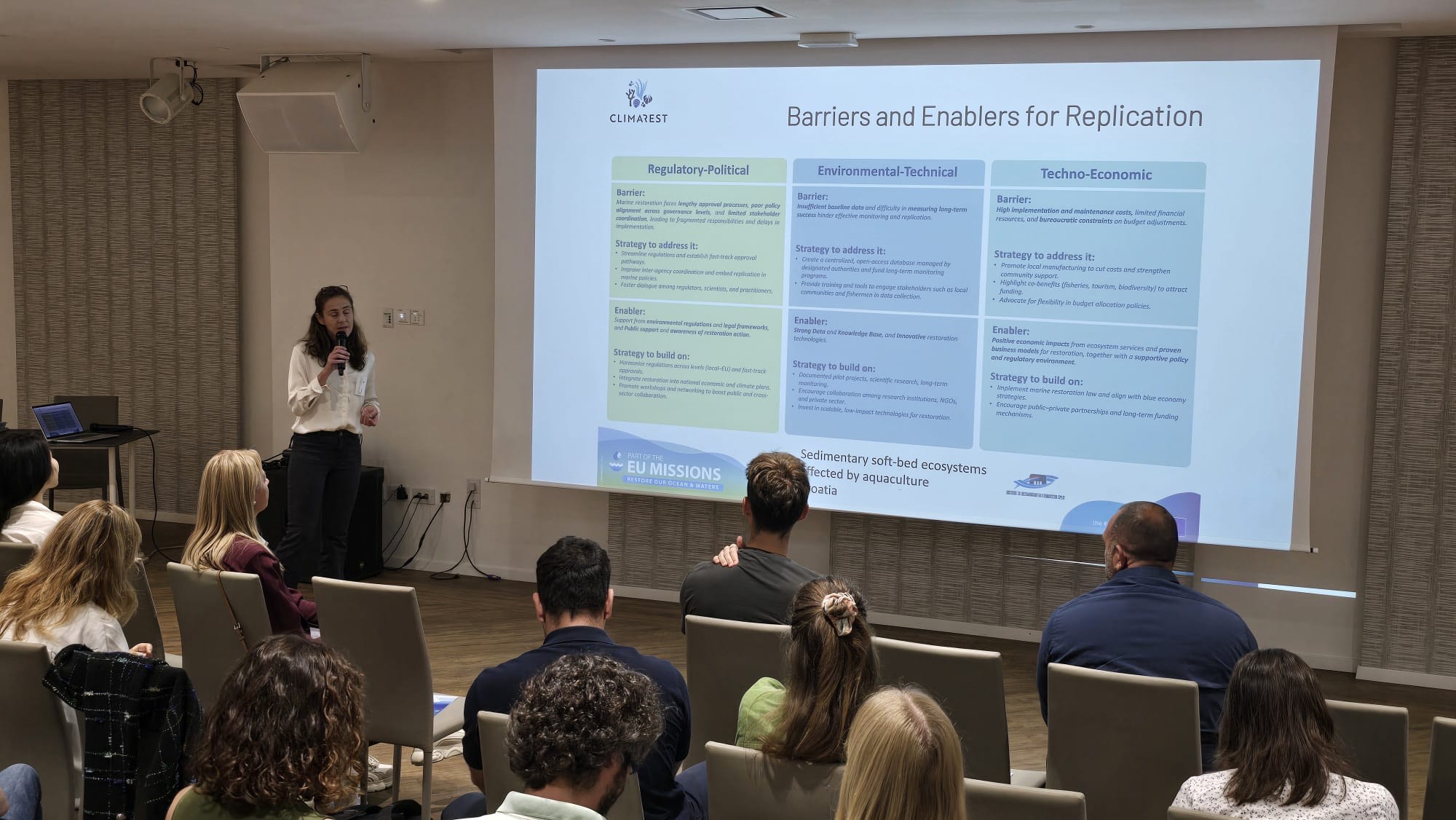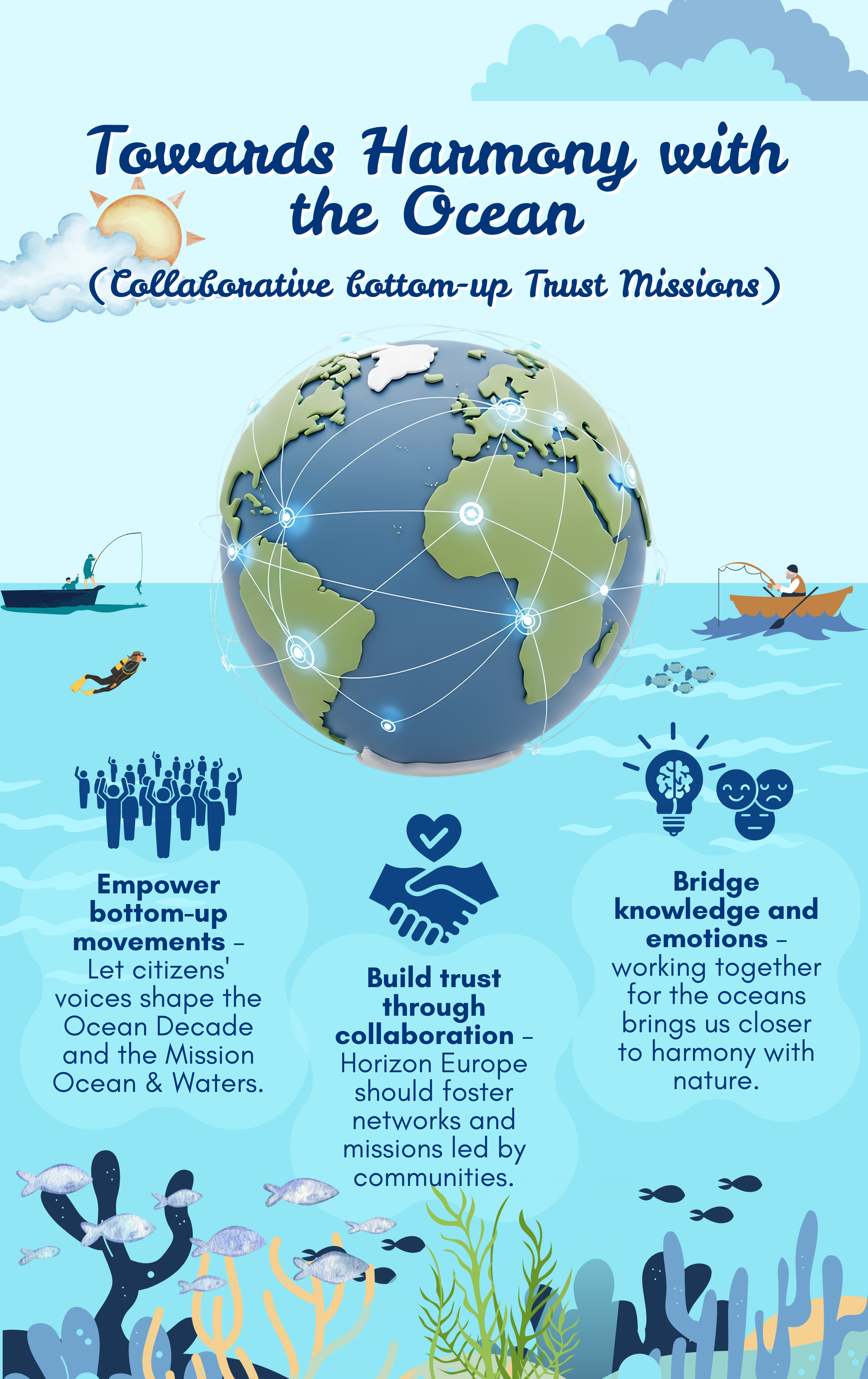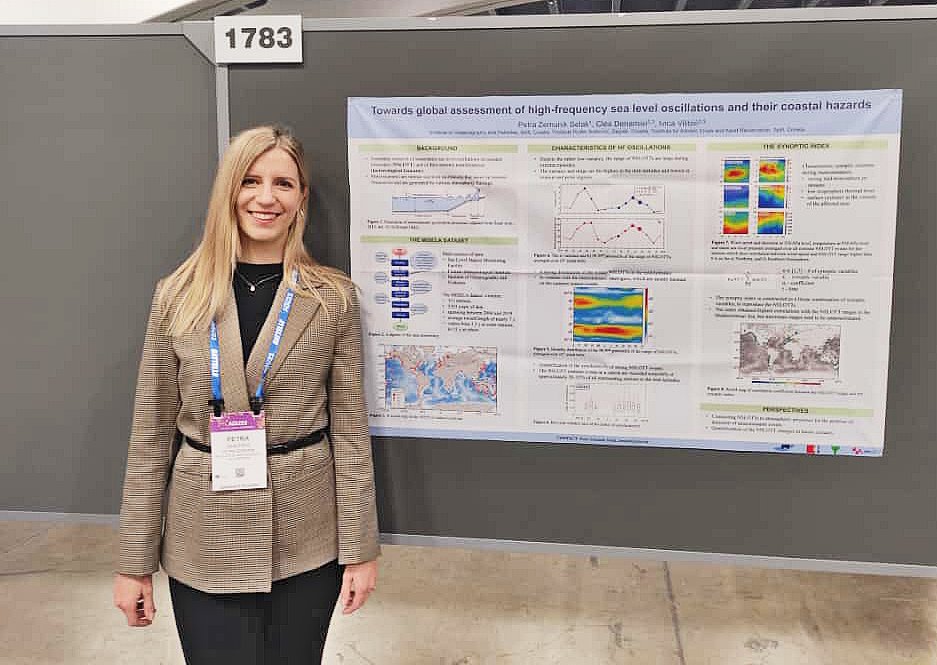Following several years of systematic research on the presence of marine biotoxins in the Adriatic Sea, scientists from our Institute, in collaboration with colleagues from the Faculty of Science, University of Split, have obtained findings that significantly contribute to the understanding of the distribution of cyclic imines at both local and global scales.
Cyclic imines are a group of marine biotoxins produced by phytoplanktonic organisms, primarily dinoflagellates. Their impact on marine ecosystems and human health remains incompletely understood, and to date, no human toxicity has been reported. First identified 25 years ago, cyclic imines have since attracted considerable interest in the fields of food safety and phytoplankton life cycle research. These compounds accumulate in the tissues of filter-feeding marine organisms, such as bivalve mollusks, thereby entering the marine food web.
During the research conducted from 2021 to 2023 within the framework of the Biotoks project (Croatian Science Foundation) and the BioPlan project (National Recovery and Resilience Plan), novel analogues of cyclic imines were identified in mussels collected from the southern Adriatic Sea. Their presence in mussels reflects phytoplankton activity in the water column and points to increased dynamics of marine biotoxins in the environment, highlighting the need for continuous monitoring and research conducted by our Laboratory for Plankton and Shellfish Toxicity.
The research was carried out with the participation of PhD candidate Antonija Bulić, whose doctoral activities are funded through the “Young Researchers’ Career Development Project – Training of New Doctoral Students” by the Croatian Science Foundation.
The full research findings have been published in the scientific journal Marine Pollution Bulletin.
